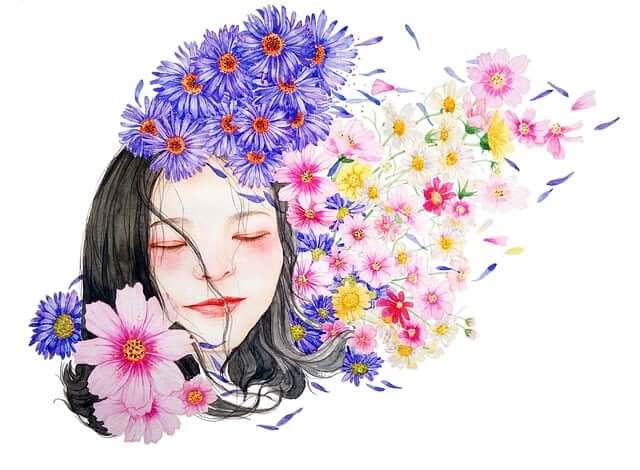Feeling stuck on a problem that appears unsolvable? The solution may lie in the creative power of a short nap, suggests a new study by researchers from MIT and Harvard Medical School.
According to the study, the period between sleep and wakefulness, known as sleep onset or hypnagogia, provides an especially fertile ground for creativity. It was also discovered that prompting individuals to dream about specific topics during this sleep phase significantly enhances their subsequent creative performance in tasks related to those topics.
Kathleen Esfahany, one of the study’s lead authors and an MIT senior, explained, “When you are prompted to dream about a topic during sleep onset, you can have dream experiences that you can later use for these creative tasks.”
Participants who received targeted dream incubation, where they were prompted to dream about a particular topic using the Dormio device developed by the MIT Media Lab, generated more creative stories compared to those who napped without a specific prompt or remained awake. This finding suggests that the brain establishes broader connections between diverse concepts during this dream state, boosting creativity.
Adam Haar Horowitz, another lead author and postdoc in the MIT Media Lab, noted, that If you access this brain state, you can be more creative in your waking life.
The study, led by Robert Stickgold from Harvard Medical School and Pattie Maes from MIT’s Media Lab, aimed to provide insights into the workings of the brain and how individuals can influence their cognitive state. The Dormio device, worn as a glove, measures sleep-related physiological markers and prompts individuals to dream about specific topics during sleep onset.
During the study, participants were divided into groups and underwent targeted dream incubation, with some prompted to dream about trees. After napping or staying awake, the participants performed creativity tasks such as storytelling, verb generation, and alternative use tasks. Those who were instructed to dream about trees produced the most creative stories and achieved higher scores in measures associated with creativity compared to the other groups.
The researchers believe that by guiding individuals’ thoughts during the sleep onset phase, the brain is prompted to make broader associations, leading to increased creativity. The study’s authors hope to provide people with more tools to harness their own minds and explore further applications of dream incubation in areas like nightmare treatment.
The research received funding from the MIT Media Lab Consortium and the National Institutes of Health. The Dormio device was developed by a team including Ishaan Grover, Pedro Reynolds-Cuéllar, Oscar Rosello, Abhinandan Jain, Eyal Perry, Matthew Ha, and Christina Chen.

